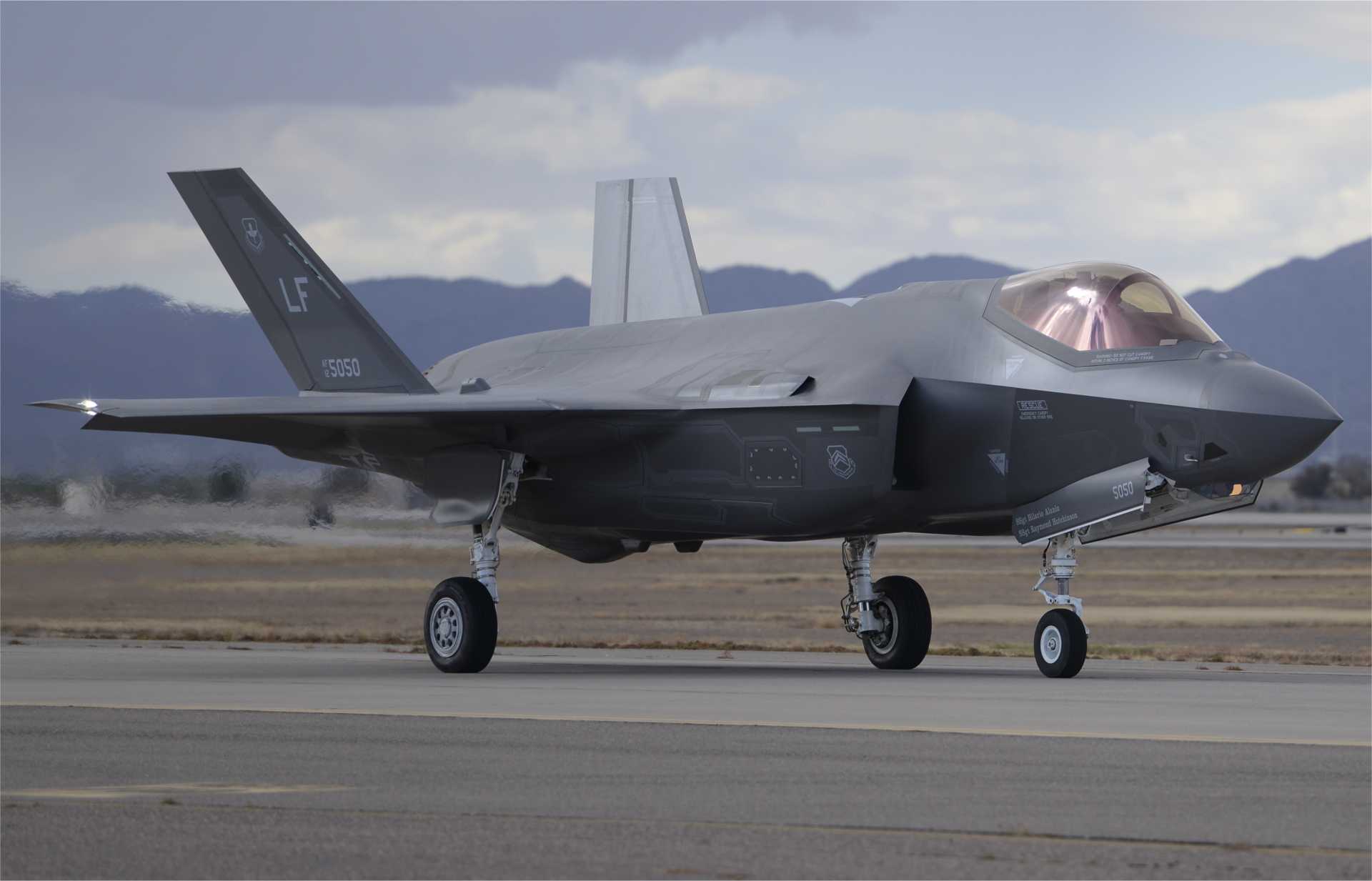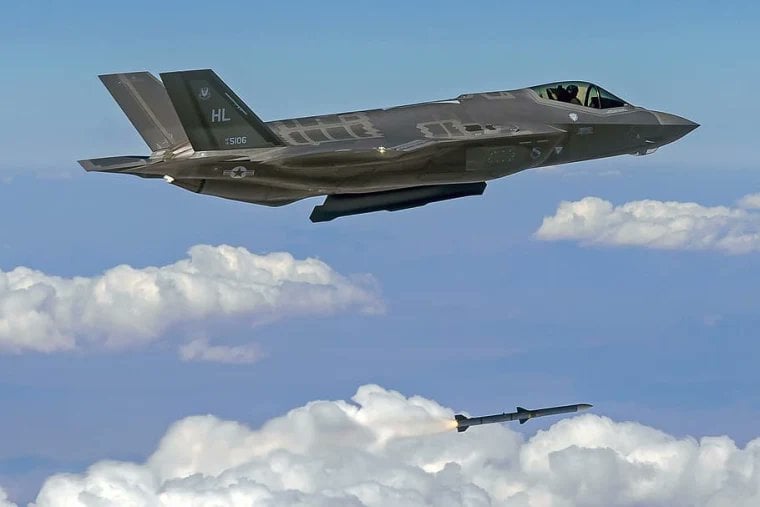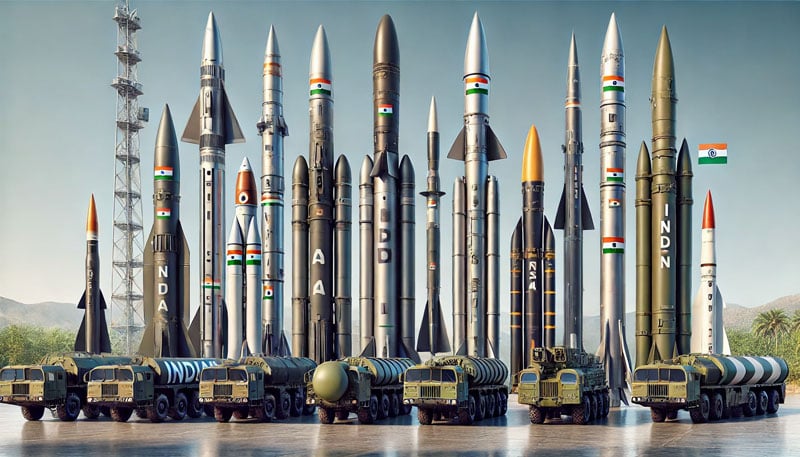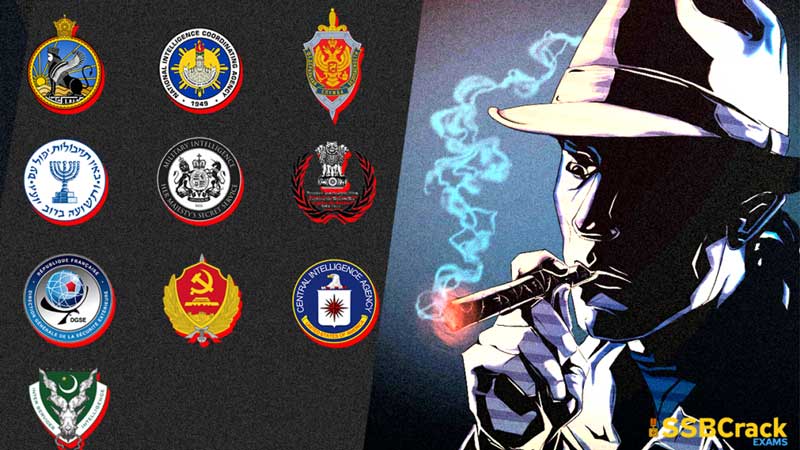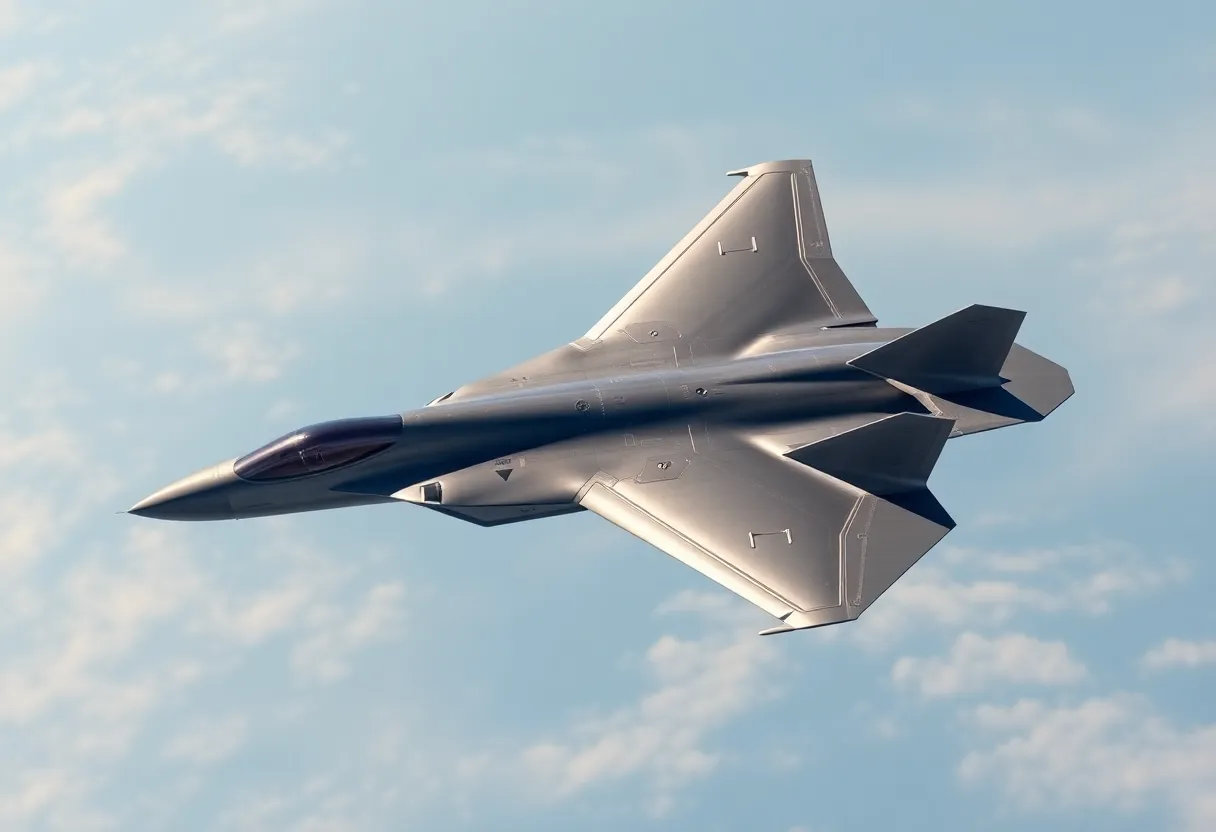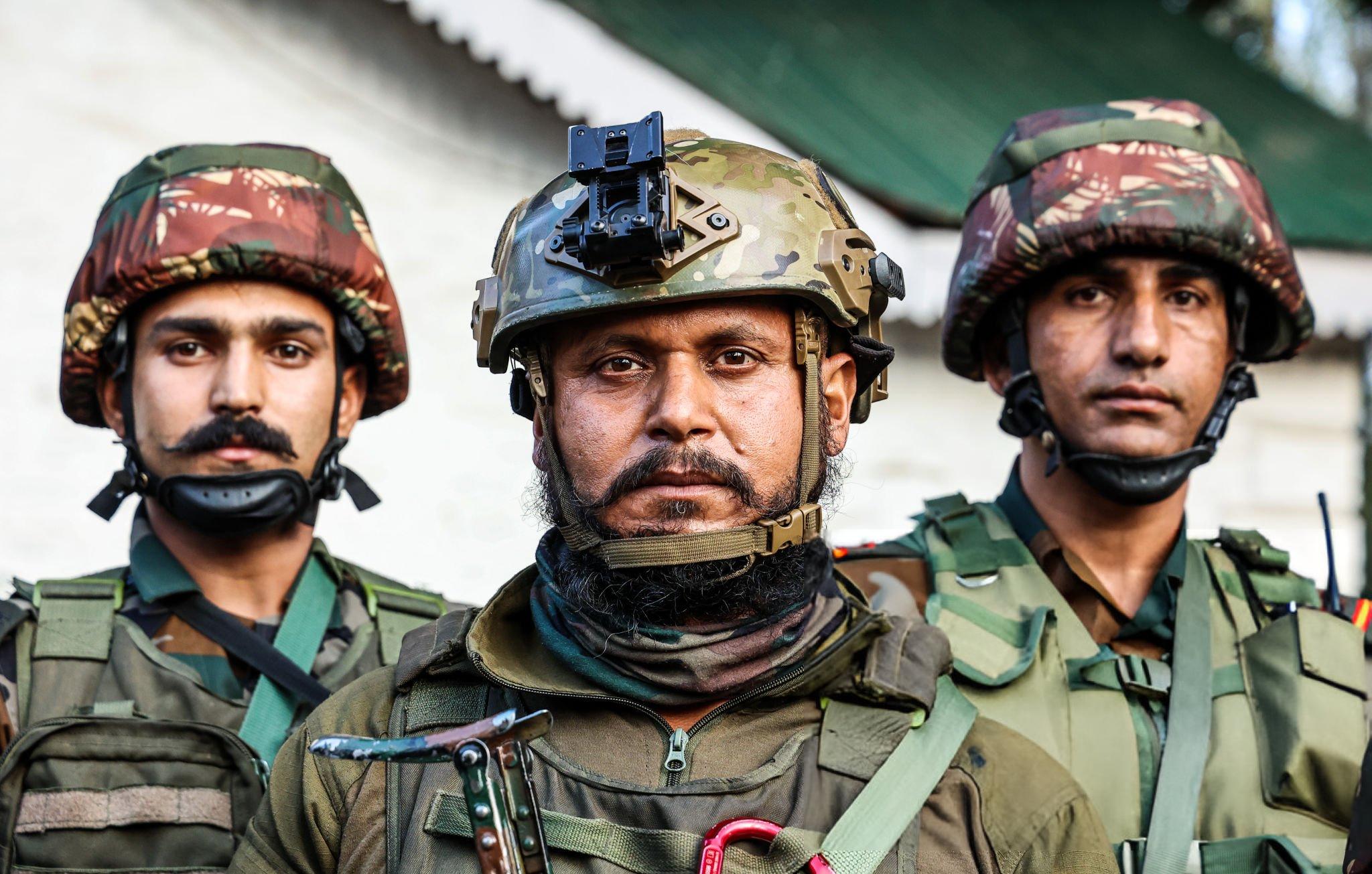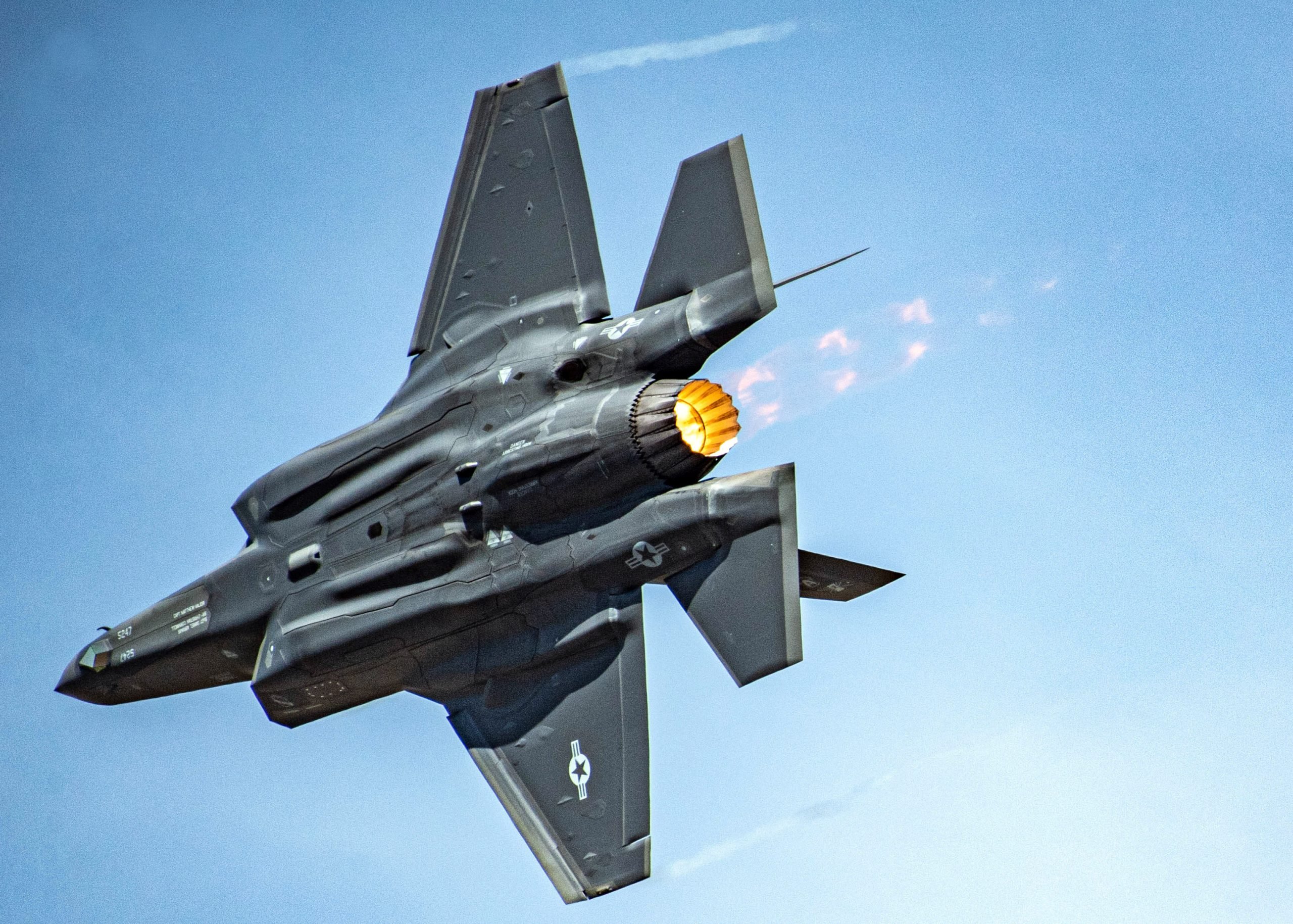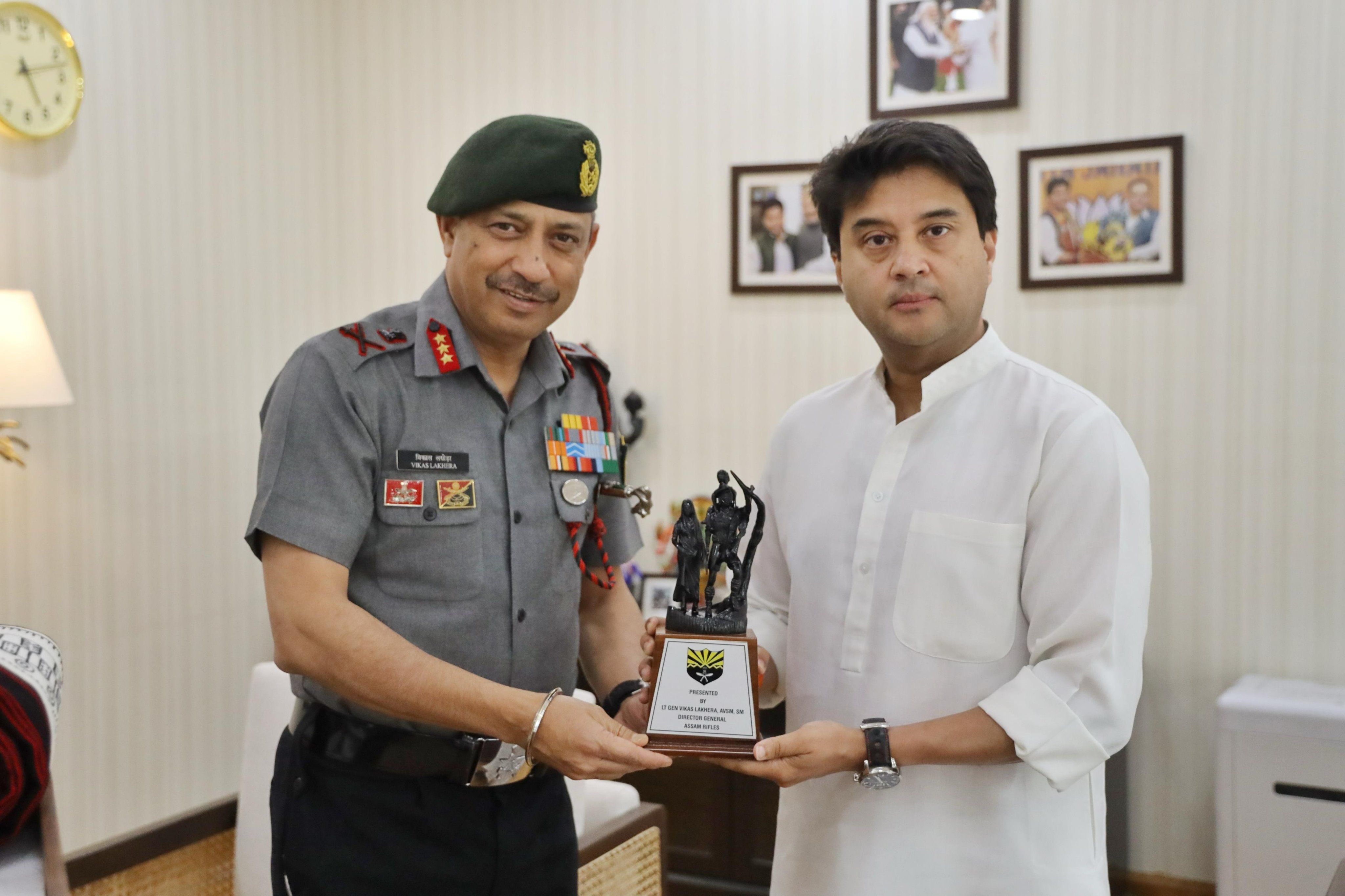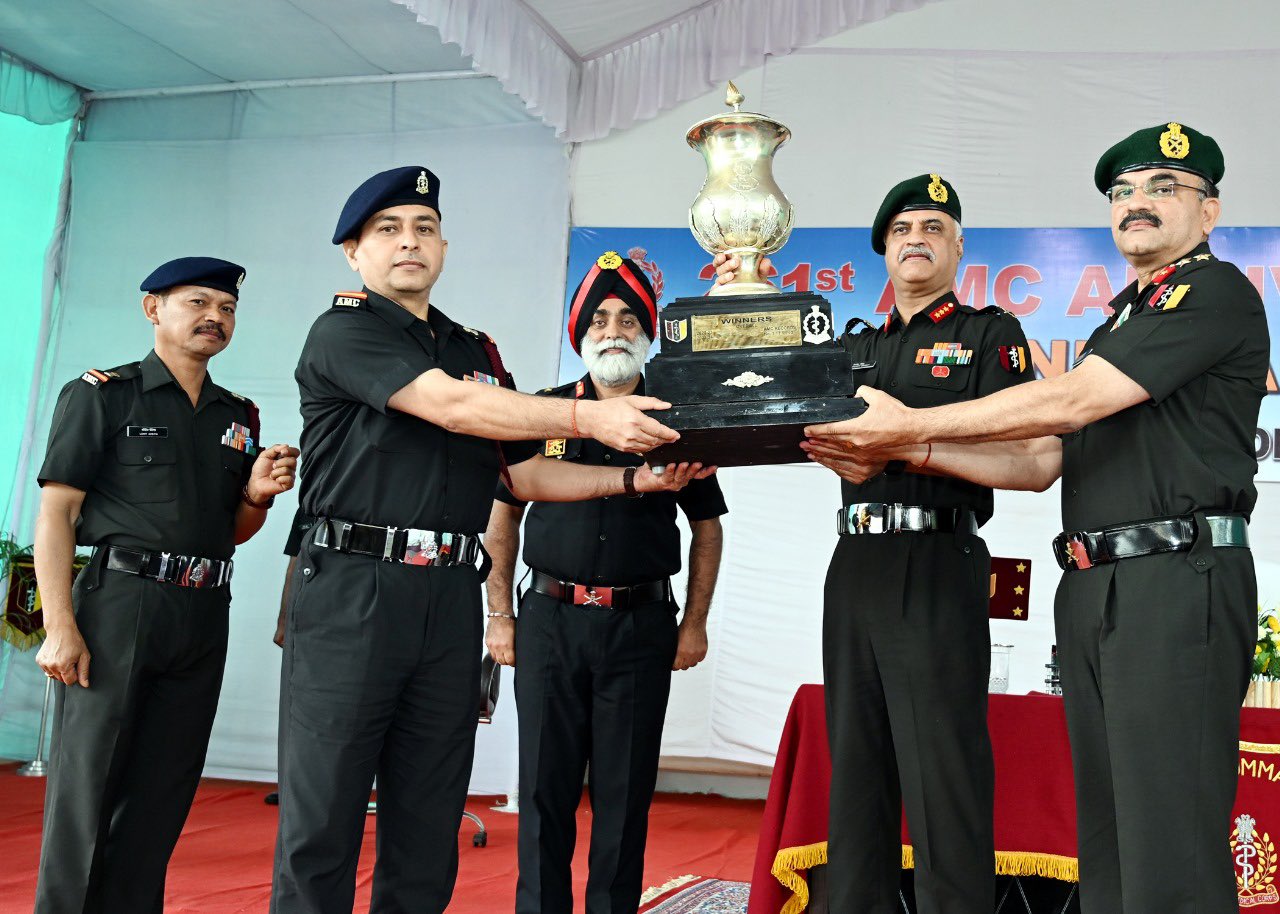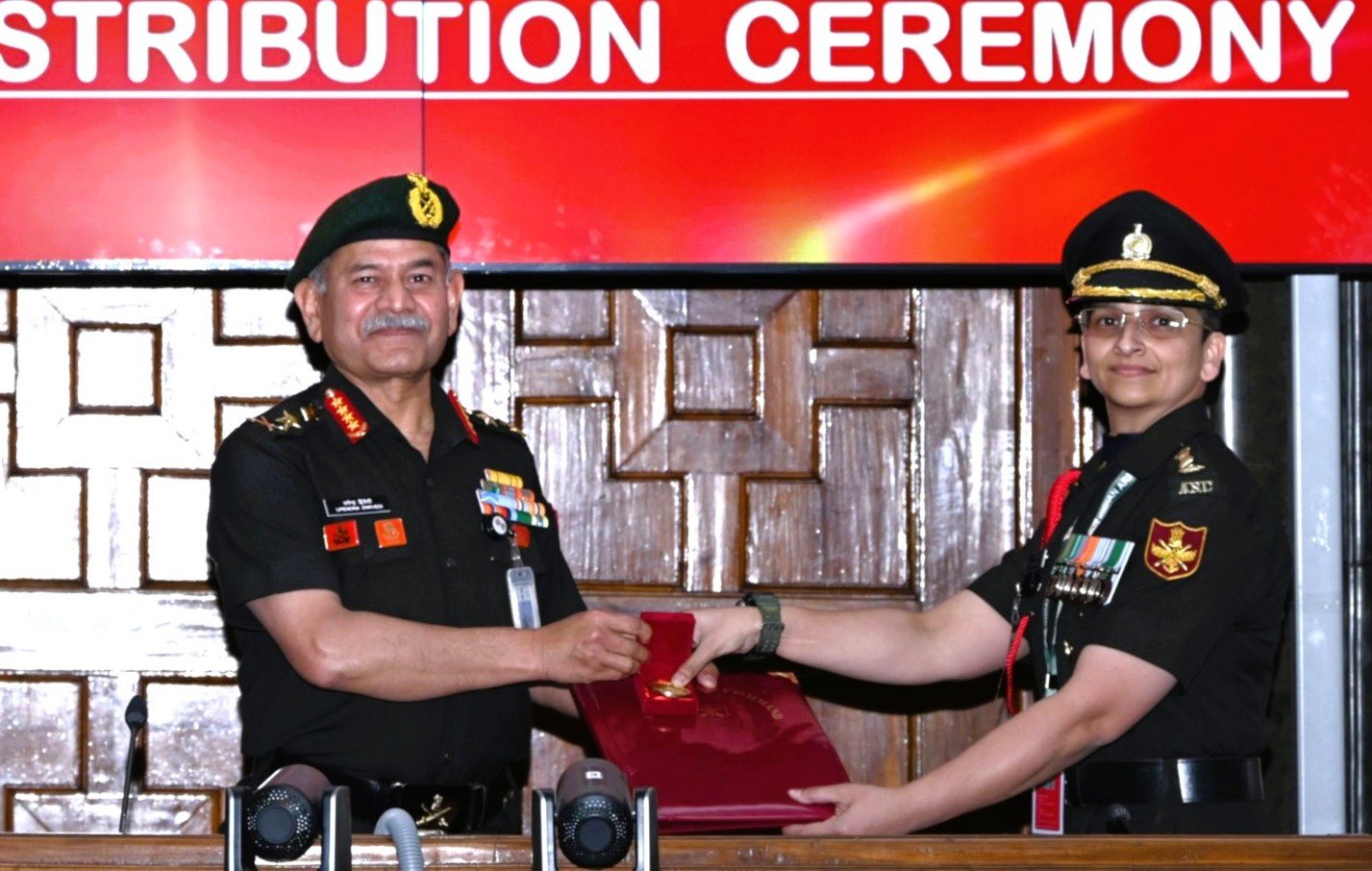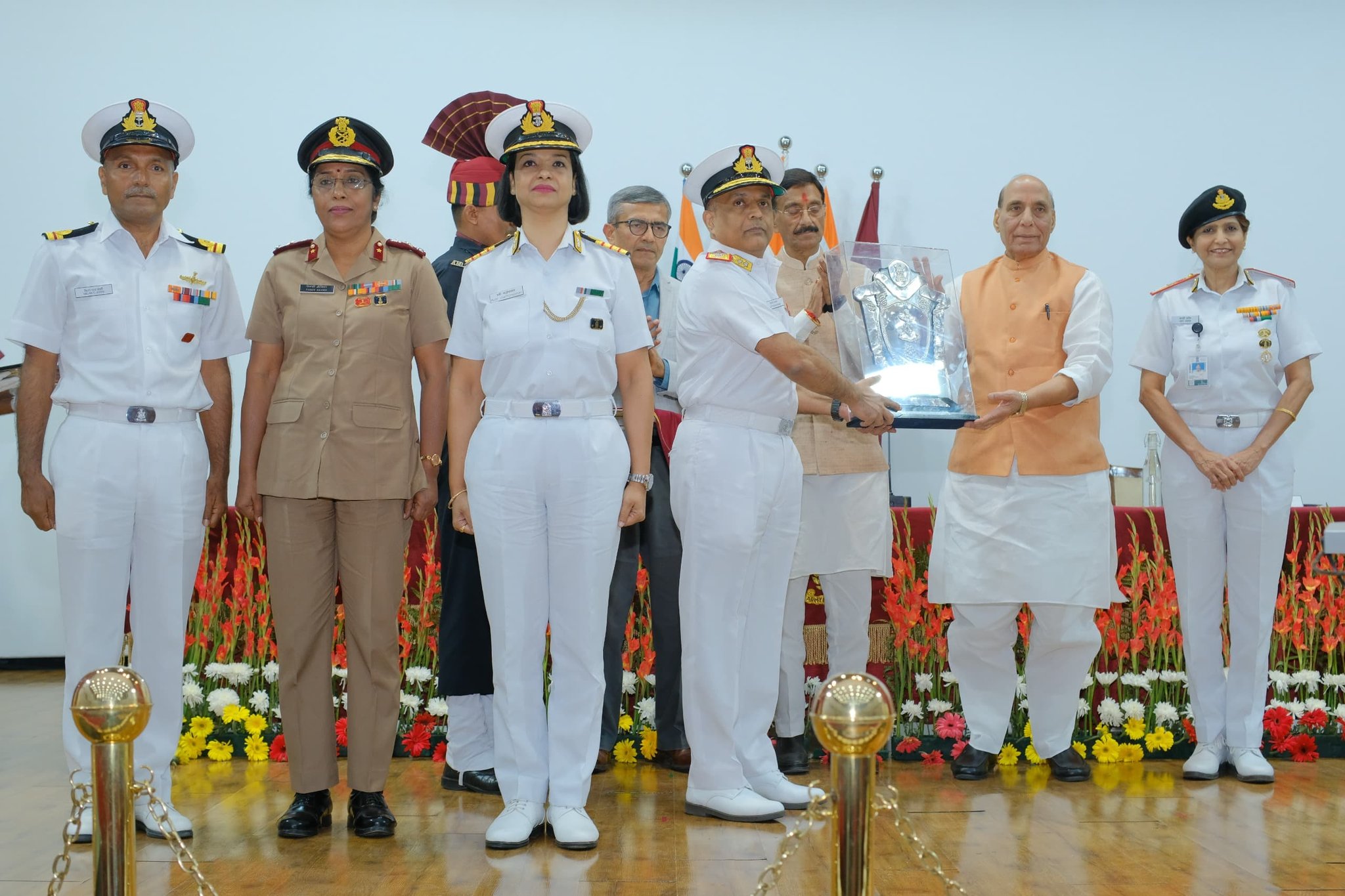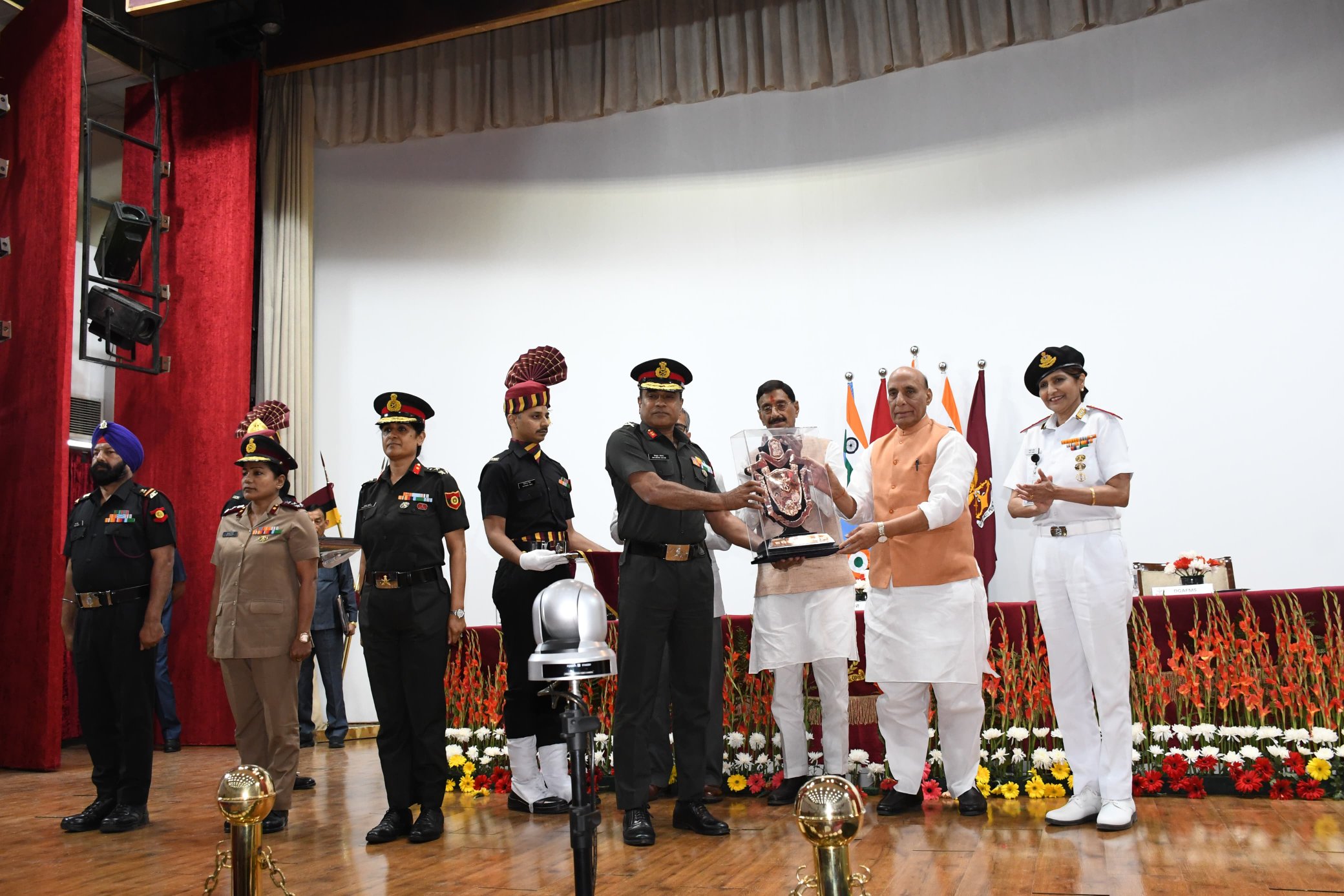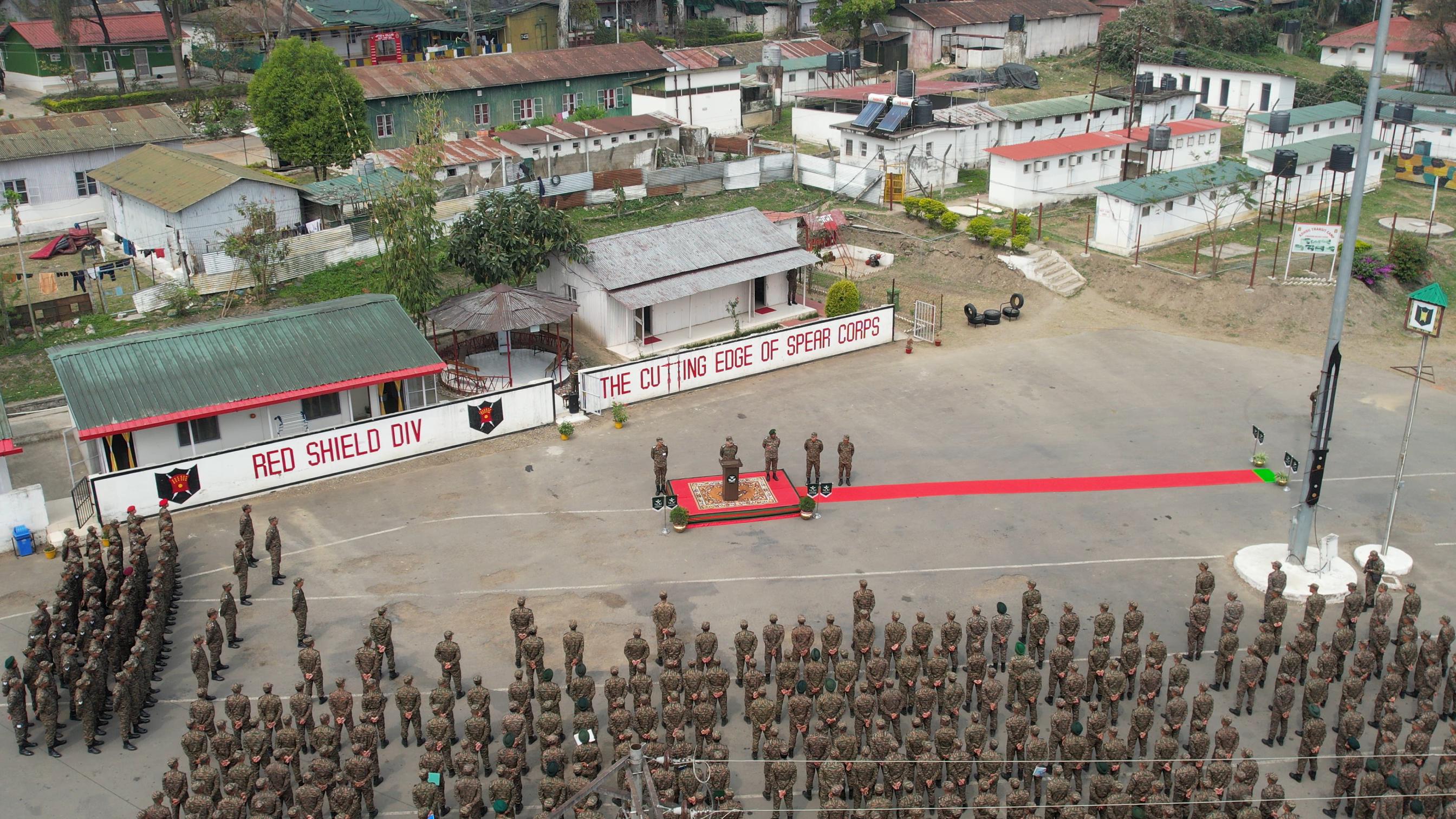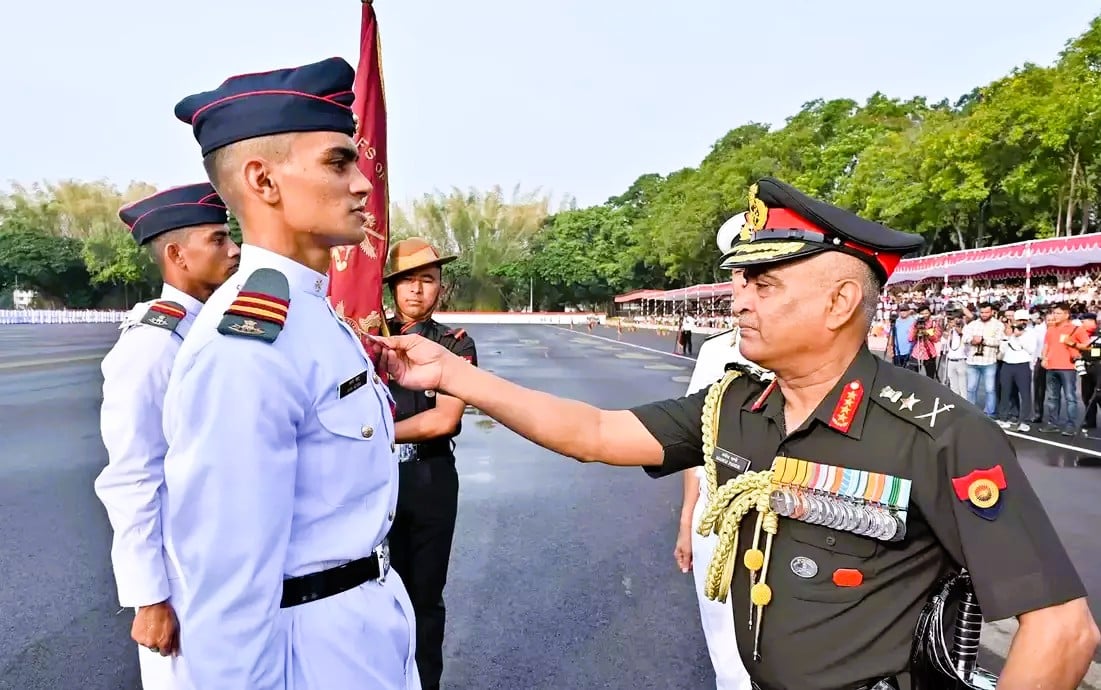The United States, Russia, and China are the only nations operating fifth-generation stealth fighter jets today. India has plans to develop its Advanced Medium Combat Aircraft (AMCA). The first prototype will not be ready until the mid-2030s. Chinese forces will likely have deployed about 1,000 J-20 Mighty Dragons by then, creating a substantial air power imbalance across the region.
India’s air defence strategy faces a vital decision between Russia’s Su-57 and America’s F-35. The Su-57 delivers remarkable capabilities with Mach 2 speed and compatibility with hypersonic missiles. The F-35 stands out with proven reliability from over 1,000 units operating worldwide and enhanced stealth features. This piece examines both fighters’ capabilities, their potential fit with the Indian Air Force, and their strategic advantages to determine which aircraft aligns better with India’s defence requirements.
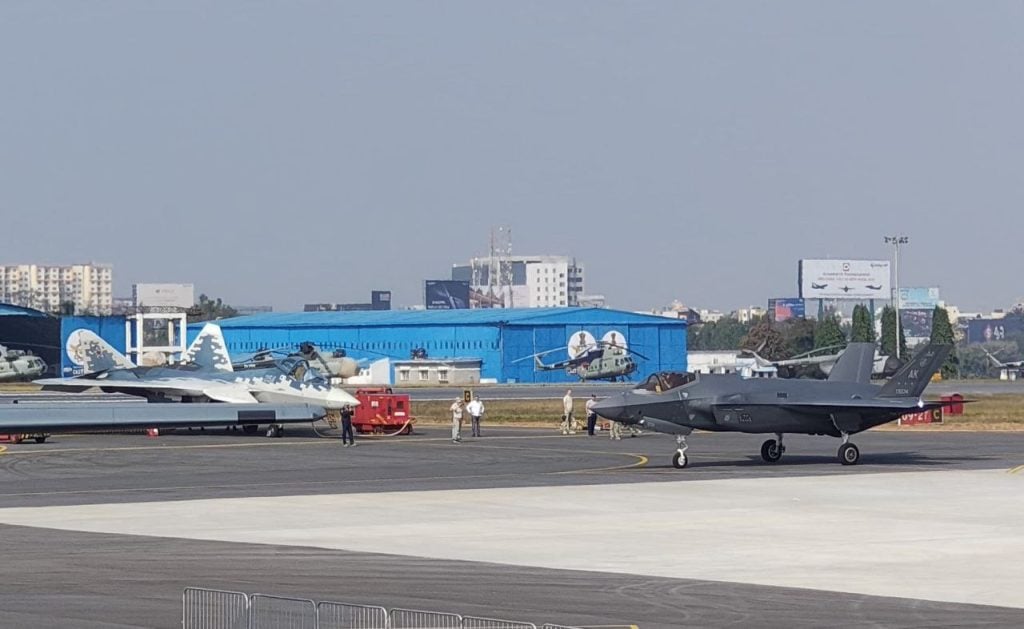
Technical Specifications Face-Off
The Su-57 and F-35 fighter jets showcase different design philosophies and capabilities through their technical specifications. The Su-57’s twin-engine design stretches 65 feet 11 inches with a 46-foot 3-inch wingspan. The F-35 comes in a more compact single-engine package at 51 feet 4 inches long with a 35-foot wingspan.
Speed and Maneuverability Comparison
The Su-57 reaches an impressive top speed of Mach 2 (2,450 km/h). The F-35’s maximum velocity hits Mach 1.6, which makes it slower than its Russian counterpart. Thrust vectoring technology gives the Su-57 remarkable maneuverability that allows complex aerial maneuvers. Both aircraft can supercruise, though the Su-57 maintains Mach 1.3 without using afterburners.
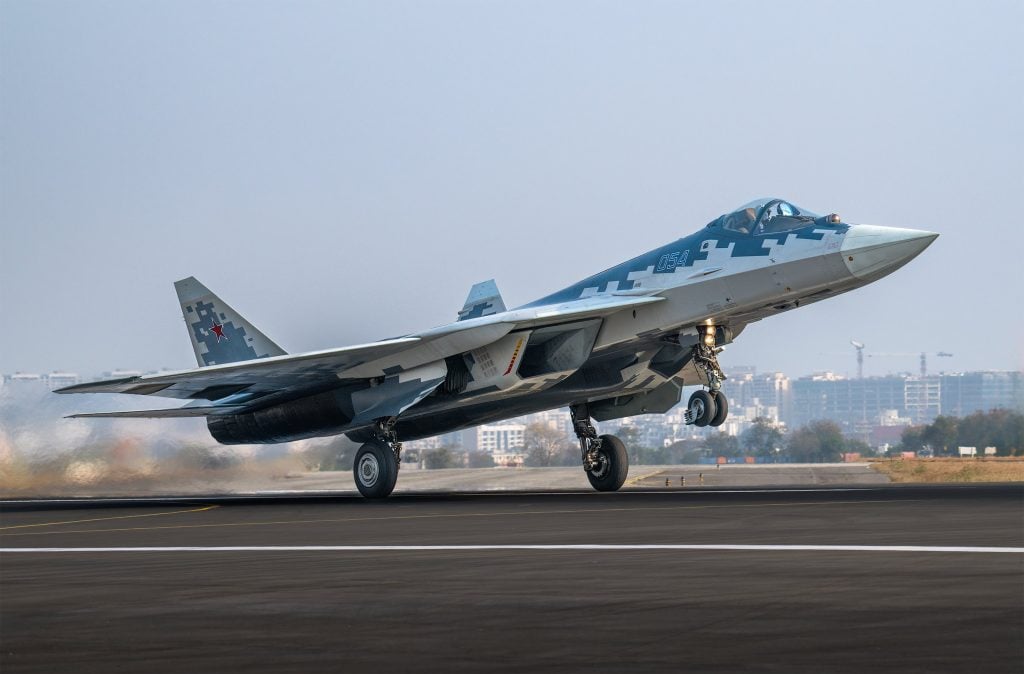
Combat Range and Payload Capacity
The Su-57’s combat range extends to 3,107 miles, which substantially exceeds the F-35’s 1,379-mile reach. The Russian fighter’s maximum takeoff weight reaches 77,162 pounds, while the F-35 tops out at 65,918 pounds. The Su-57’s design includes two main weapon bays between its engine nacelles that work together with smaller side bays near the wing root.
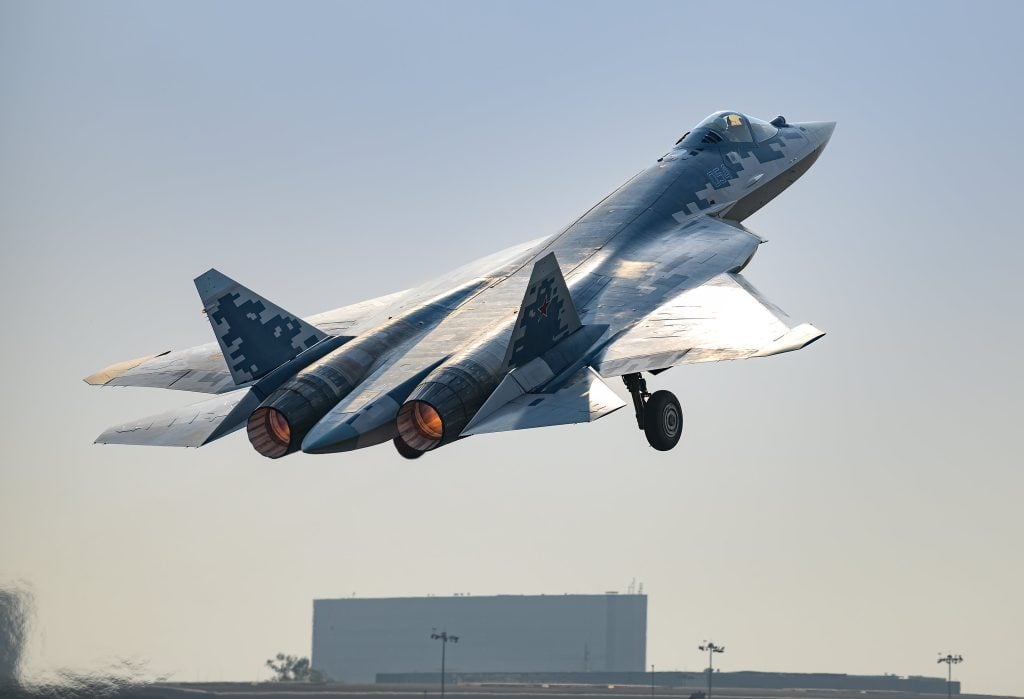
Engine Performance Analysis
Here’s how the engines compare:
| Specification | Su-57 | F-35 |
|---|---|---|
| Engine Type | Two Saturn AL-41F1 | Single Pratt & Whitney F135 |
| Dry Thrust | 88.3 kN | Superior thrust rating |
| Afterburner Thrust | 142.2 kN | Enhanced fuel efficiency |
| Emergency Power | 147.1 kN | Not specified |
The Su-57 uses dual NPO Saturn AL-41F1 engines that generate substantial thrust across different operating modes. The F-35’s single Pratt & Whitney F135 engine offers better fuel efficiency despite its newer design. Western analysts point out that both the F-22 and F-35 feature more advanced engine technology than the Su-57, which still relies on engines from the Su-35S platform.
Stealth and Combat Capabilities
Stealth capabilities are the life-blood of fifth-generation fighter aircraft design. The F-35 and Su-57 show distinctly different approaches to radar evasion and electronic warfare.
Radar Cross Section Measurements
The F-35 shows superior stealth characteristics with a radar cross-section (RCS) better than -40 dBsm. This makes the F-35 as stealthy as a small bird or bumblebee in practical terms. The Su-57 achieves an RCS between 0.1 to 1 square meters, which makes it detectable at substantially greater distances.
These numbers translate directly to detection ranges against an S-400’s 91N6E Search radar:
- The Su-57 becomes detectable at 155 kilometers
- The F-35 remains hidden until approximately 27 kilometers
The Su-57’s higher RCS comes from specific design elements. The absence of S-ducts and exposed rivets and screws increase radar reflectivity. The engines lack adequate protection from radar waves, which gives the aircraft a frontal RCS comparable to a refrigerator.
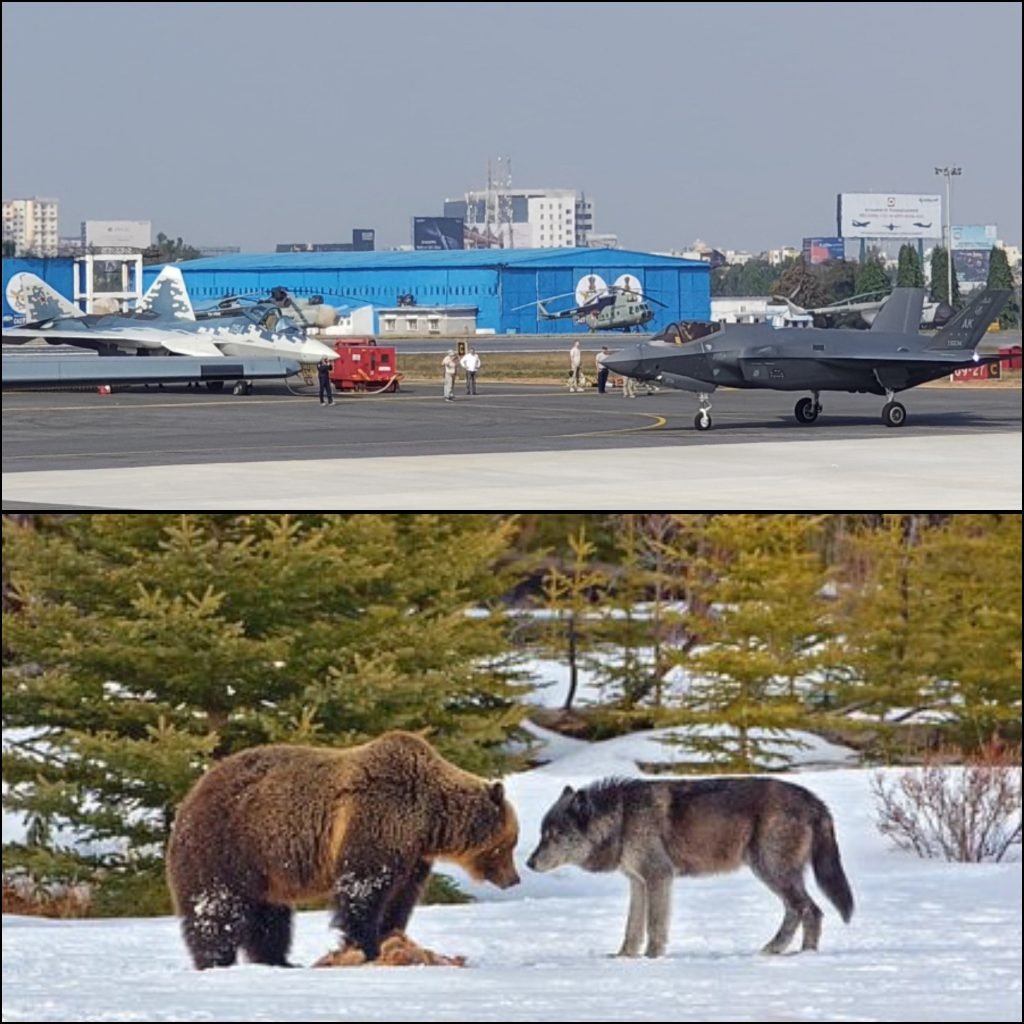
Electronic Warfare Systems
The F-35 excels in electronic warfare through its sophisticated sensor fusion capabilities. It creates an integrated battlefield image using its 360-degree Distributed Aperture System. The aircraft’s central computer system controls all operations and enables precise targeting with improved situational awareness.
The Su-57 responds with its L402 Himalayas jamming system and N036 Belka AESA radar. Its electronic warfare suite has:
| Feature | Application |
|---|---|
| Radar Arrays | Deflected from vertical plane |
| Array Domes | Selective signal filtering |
| Antenna System | Integrated within airframe |
| IRST Turret | Radar-absorbing coating |
The F-35’s advanced computing architecture allows quick integration of new technologies without major infrastructure changes. This provides superior long-term adaptability for emerging threats. The Su-57, despite its advanced features, has limitations in bandwidth and datalink capabilities that affect its overall electronic warfare effectiveness.
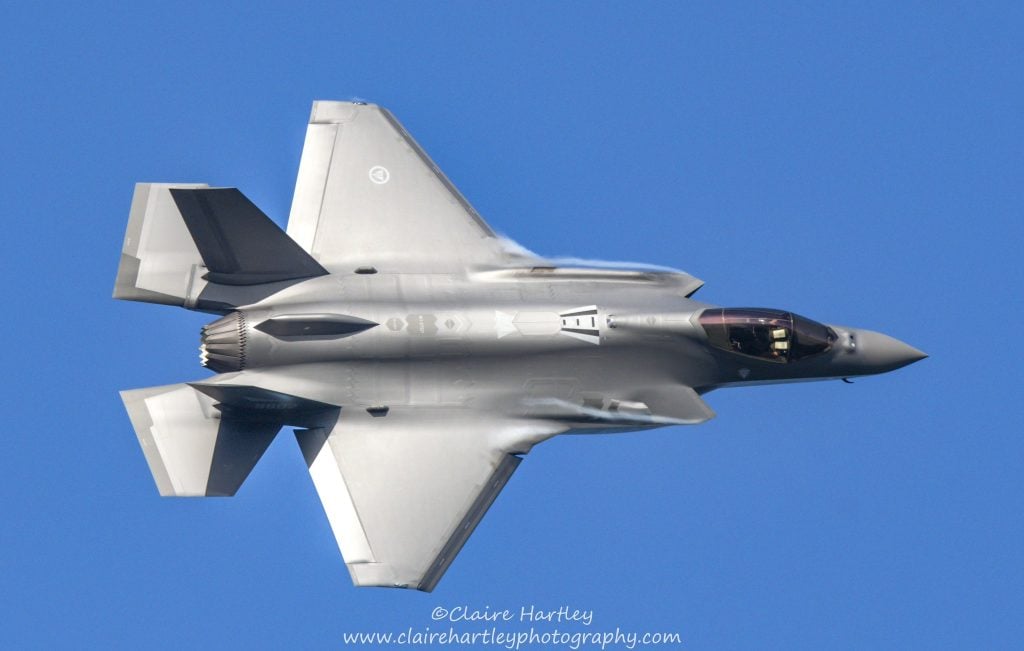
Integration with Indian Air Force
The Indian Air Force currently has 31 fighter squadrons instead of its authorized 42. This gap creates real challenges when choosing between F-35 or Su-57 fighters for India’s mixed air fleet.
Compatibility with Existing Aircraft
The F-35 comes with major integration hurdles because of its NATO-based systems. The IAF uses a combination of Russian, French, and locally-made aircraft that don’t work with NATO systems. This mismatch limits how well the F-35 can share data during operations. The Su-57 makes more sense for integration since India already flies over 250 Su-30MKIs. Hindustan Aeronautics Limited’s experience in building Russian fighters under license would help with maintenance and operations.
Training Requirements and Timeline
Both platforms need different training approaches. F-35 pilots must learn NATO-standard operations and complex data systems from scratch. The Su-57’s controls and systems feel familiar to pilots who fly Russian aircraft in the IAF fleet. This similarity would speed up training. Ground crews would also take less time to adapt to the Russian fighter.
Maintenance Infrastructure Needs
Each aircraft brings its own maintenance challenges:
| Aspect | F-35 | Su-57 |
|---|---|---|
| Infrastructure | Requires new NATO-standard facilities | Compatible with existing Russian aircraft facilities |
| Technology Support | Dependent on US systems | Potential for local manufacturing |
| Maintenance Ecosystem | New supply chain needed | Integration with current infrastructure possible |
The Su-57 program lets India manufacture parts locally and gain more technology access. HAL’s long history with Russian platforms provides solid maintenance foundations. The F-35 needs new infrastructure investments and special maintenance protocols that match American standards.
Strategic Partnership Benefits
Russia’s proposal for the Su-57 goes way beyond just selling aircraft. The United Aircraft Corporation (UAC) has suggested several ways to work together that match India’s defence modernization goals.
Technology Transfer Opportunities
Russia will transfer the complete package of technological solutions for the Su-57. We developed a two-seat variant specifically for Indian needs. Russia provides extensive training programs, which became clear when Indian engineers completed 20 specialized training courses under the previous preliminary design contract.
The technology transfer package has:
- Rights to manufacture key components locally
- Development of Indian-specific variants
- Integration of indigenous weapons systems
- Access to critical aviation technologies
Local Manufacturing Potential
The manufacturing partnership brings significant economic benefits through several approaches. Rosoboronexport has outlined a detailed plan that has:
| Benefit | Implementation Strategy |
|---|---|
| Joint Production | Organization of manufacturing facilities in India |
| Cost Sharing | Distribution of production expenses among partner countries |
| Export Opportunities | Potential to export jointly manufactured aircraft |
| Infrastructure Development | Integration with existing defence manufacturing facilities |
This partnership model matches India’s “Make in India” initiative, unlike traditional procurement. India’s domestic defence industry could grow stronger through knowledge transfer and skill development. The partnership gives India a chance to improve its indigenous defence capabilities while keeping control over fighter jet production.
India can produce the two-seat Su-57 platform directly on its soil. This approach supports India’s larger goals of becoming self-reliant in defence manufacturing. The technology transfer would help India eventually produce this class of fighters on its own.
Cost and Long-term Value
Money matters a lot when countries buy fighter jets. The Su-57 and F-35 show big differences in their buying price and what it costs to keep them flying.
Purchase and Maintenance Costs
You can get a Su-57 for INR 2953.32–5484.73 million, which costs less than an F-35A at INR 6750.44 million per unit. The F-35’s special pilot helmet costs INR 33.75 million and needs maintenance checks twice a year.
Here’s what these jets cost broken down:
| Cost Component | Su-57 | F-35 |
|---|---|---|
| Base Unit Cost | INR 2953.32-5484.73M | INR 6750.44M |
| Development Cost | INR 2531.41B | INR 168.76T (lifetime) |
| Per Unit Lifetime | Not specified | INR 48181.24M |
These aircraft need very different maintenance setups. We used the Flanker series maintenance costs as a baseline for the Su-57. This makes it cheaper for air forces that already fly Russian planes. The F-35 needs its own special maintenance facilities and training programs, which adds to its total ownership costs.
Upgrade Pathways
The F-35 will keep flying until 2070, with clear plans for future upgrades. The US military wants to buy more than 2,400 F-35 fighters by 2044. This means the platform will keep getting better over time.
The Su-57’s upgrade plans focus on:
- New Saturn 30 engines that need less maintenance
- Better radar-absorbent materials that are easier to maintain
- Working with partners to develop unmanned aviation
The money side goes beyond just buying the planes. The Su-57 program lets buyers pay in Indian rupees. The program ended up delivering fewer than 40 aircraft since its first flight in 2010. This raises questions about getting support and upgrades in the future.
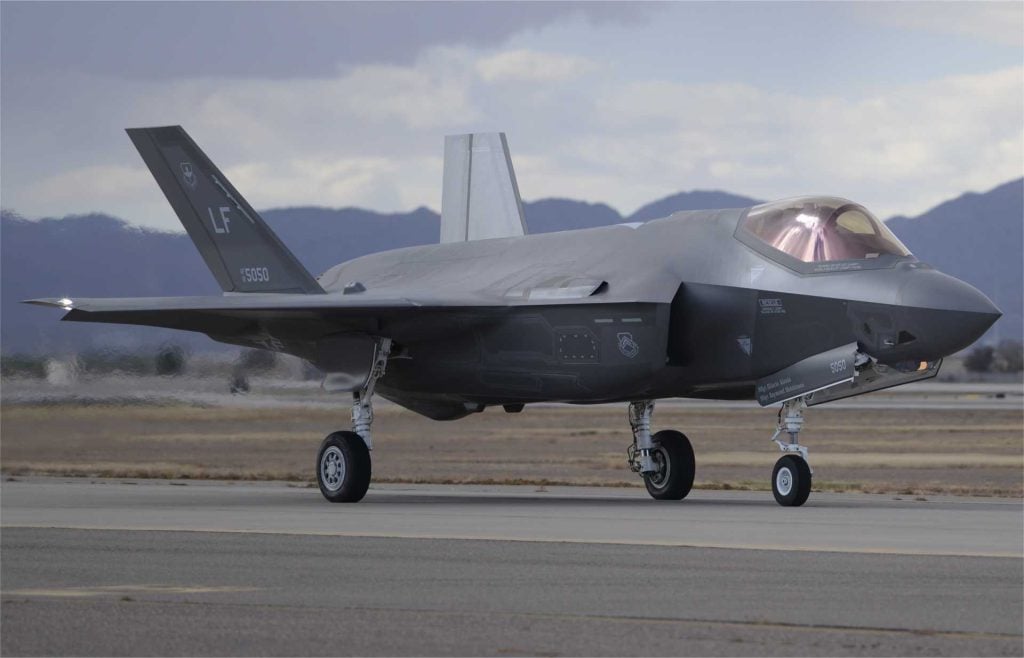
Comparison Table
| Specification | Su-57 | F-35 |
|---|---|---|
| Physical Dimensions | ||
| Length | 65 feet 11 inches | 51 feet 4 inches |
| Wingspan | 46 feet 3 inches | 35 feet |
| Maximum Takeoff Weight | 77,162 pounds | 65,918 pounds |
| Performance | ||
| Maximum Speed | Mach 2 (2,450 km/h) | Mach 1.6 |
| Supercruise Speed | Mach 1.3 | Not specified |
| Range in Action | 3,107 miles | 1,379 miles |
| Engine Setup | Two Saturn AL-41F1 | Single Pratt & Whitney F135 |
| Stealth Capabilities | ||
| Radar Cross Section (RCS) | 0.1 to 1 square meters | Better than -40 dBsm |
| Detection Range (by S-400) | 155 kilometers | 27 kilometers |
| Electronic Warfare | ||
| Core Systems | L402 Himalayas jamming system, N036 Belka AESA radar | 360-degree Distributed Aperture System |
| Key Factors | ||
| Base Unit Cost | INR 2953.32–5484.73 million | INR 6750.44 million |
| IAF Integration | Works with existing Russian aircraft facilities | Needs new NATO-standard facilities |
| Technology Transfer | Complete package offered | Not specified |
| Local Manufacturing | Joint production options available | Not mentioned |
Conclusion
Su-57 and F-35 each bring unique advantages that match India’s air defence needs. Su-57 shows better speed, range, and payload capacity. It reaches Mach 2 and flies up to 3,107 miles in combat. F-35 stands out with its stealth features. S-400 systems can detect Su-57 from 155 kilometers away, while F-35 remains hidden until 27 kilometers.
Russian fighter Su-57 fits India’s needs better. It works smoothly with IAF’s current setup, and India’s pilots already know how to handle Su-30MKI operations. Su-57’s detailed technology transfer deal lets India make parts locally. The jet costs between INR 2953.32–5484.73 million, which beats F-35’s price of INR 6750.44 million.
F-35 has proven its worth with over 1,000 jets flying worldwide. Yet Su-57 makes more sense because it matches India’s current aircraft fleet and maintenance setup. Russia’s offer helps India upgrade its defence and build more weapons at home.
Looking at the specs, how well it fits in, and what India gets from the deal, Su-57 makes the most sense for India’s air defence. This choice helps India match its regional rivals and builds up India’s defence industry through shared production and new technology.
FAQs
Q1. How do the Su-57 and F-35 compare in terms of performance?
The Su-57 demonstrates superior speed and range, reaching Mach 2 with a combat range of 3,107 miles. The F-35, while slower at Mach 1.6 and with a shorter range of 1,379 miles, excels in stealth capabilities.
Q2. Is India considering purchasing the Su-57?
While India suspended its participation in the FGFA project with Russia, the option to acquire the Su-57 remains open. The decision will depend on various factors including strategic needs, costs, and technology transfer opportunities.
Q3. How does the Su-57’s stealth capability compare to other fifth-generation fighters?
The Su-57’s stealth capabilities, while advanced, are not as refined as some Western counterparts. It has a radar cross-section between 0.1 to 1 square meters, making it detectable at greater distances compared to aircraft like the F-35.
Q4. What are the cost implications of choosing the Su-57 over the F-35 for India?
The Su-57 has a lower base unit cost ranging from INR 2953.32–5484.73 million, compared to the F-35’s INR 6750.44 million. Additionally, the Su-57 offers potential cost savings through compatibility with existing Russian aircraft facilities in India.
Q5. What strategic benefits does the Su-57 offer to India’s air defence?
The Su-57 provides seamless integration with India’s existing infrastructure, comprehensive technology transfer opportunities, and local manufacturing potential. These factors align with India’s defence modernization goals and support the development of indigenous defence capabilities.

